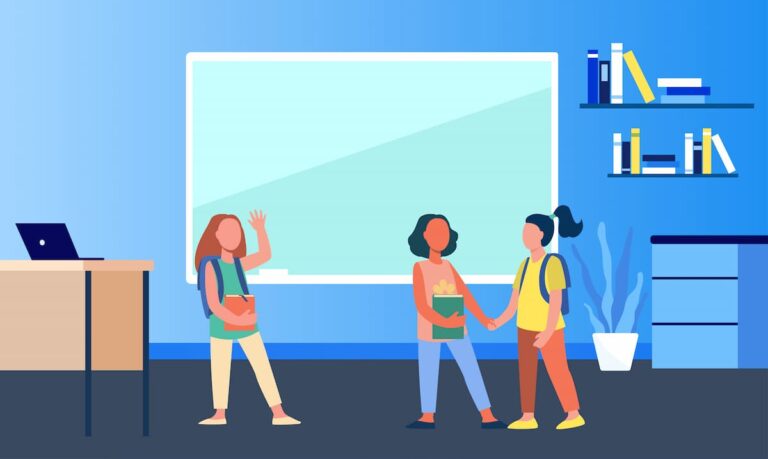Schools worldwide are changing. Compared to a couple of decades ago, they are almost completely different. The rise of technology has changed how we teach students and opened conversations about technology in the classroom.
There has been a distinct divide between traditional and online education for the last couple of years. Traditional studying provides a strong foundation, while online educational technology (EdTech) expands on it. It gives students specialised skills that can be applied in their future careers or to thoroughly research specific topics.
However, EdTech has also found its way into physical classrooms. Let’s find out if this change has left a meaningful impact on education.
What is EdTech?
Educational technology (EdTech) refers to tools created for educational purposes. It’s a fusion of advanced technologies, such as artificial intelligence, cloud computing, and educational theory. Some of the examples of EdTech are course platforms, learning management systems (LMS), and assessment tools.
Some people think that educational technology mostly prepares students to be part of the workforce and provides online assistance in their learning journey. However, recently, EdTech found its way into schools and universities.
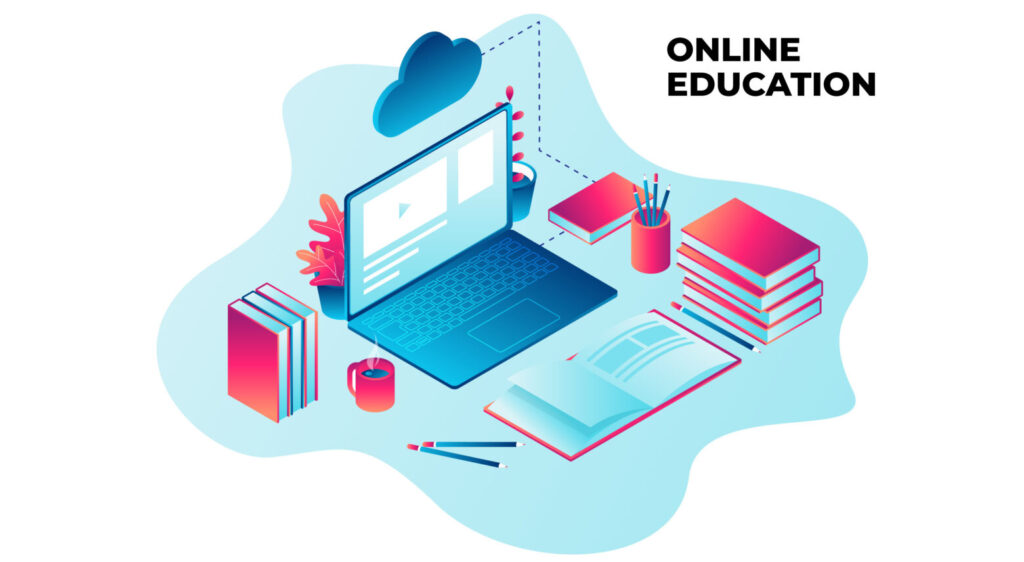
Bringing online and offline education together
So, how does the fusion of online learning and physical classrooms work?
The traditional education program is a great system, but has its challenges. These obstacles can’t be addressed without the use of technology.
A good example is the core principle of traditional education. Since the population is divided into three distinct groups of learners, traditional methods only account for the largest group — the visual learners.
This creates an uneven environment for students with verbal or experiential learning styles, which negatively affects their learning capabilities and grades.
Online learning helps address this issue via personalisation. AI tools analyse students’ performance and adapt the material to fit their preferred learning style. Additionally, it teaches students in a more flexible way, allowing them study at their own pace.
But that’s not all from EdTech!
Presentations
Most of the information in the classroom comes either in the written or verbal format. While both methods work well on their own, why not enhance the education program with something more engaging?
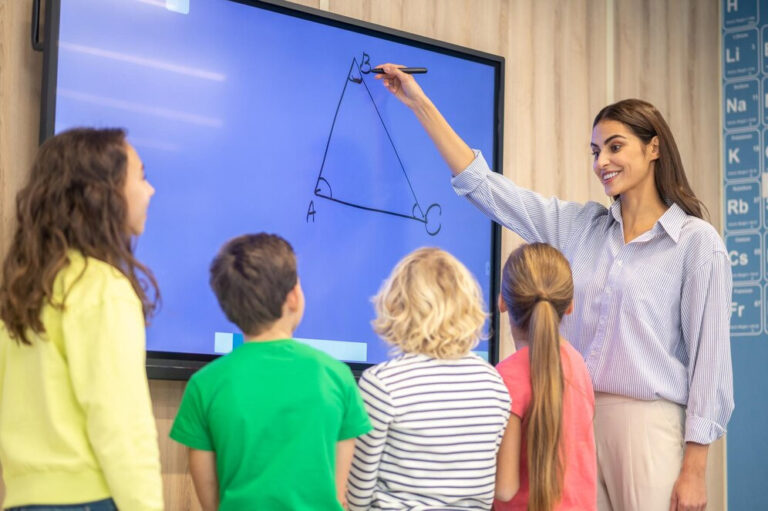
Presentations combine the best of both formats — verbal information is reinforced by bullet points and expanded by graphs or pictures, making the learning experience more interesting for students. The information portrayed in this format is easier for students to remember since all of the key points are highlighted visually.
Gamified lessons
It’s rare to see a whole class equally participate in a lesson. Online education has tackled this challenge and has already found a solution: gamification.
Using EdTech apps in the classroom, teachers can create and share tests or assignments with students to do individually or as a group. Such apps use gamification elements to bring up student engagement, making the whole class work on assignments.
Online homework and grading systems
Another feature that EdTech brings to the table is online homework. It functions in the same way as a traditional one but addresses some of its obstacles.
For example, manually reviewing homework for the whole class takes a lot of time and effort. There’s also a place for human error when some exercises are overlooked or graded incorrectly.

The online system works faster, providing near-instant feedback and eliminating possible errors.
To summarise, educational technology has a lot of potential to improve student’s classroom experience. While it does sound appealing, do people actually use technology in the classroom?
Let’s talk numbers: EdTech in classrooms assessment
With each year more educational institutions use educational technologies.
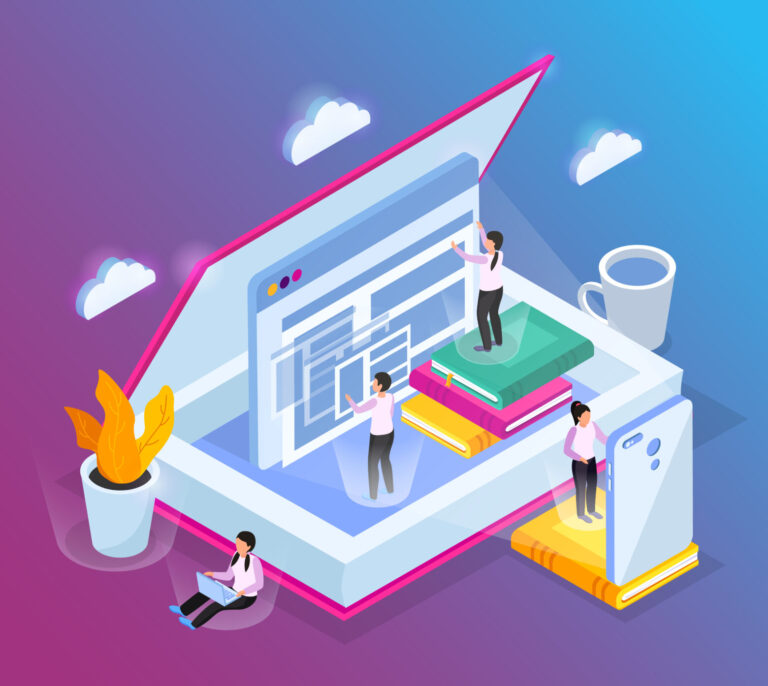
According to UNESCO, in 2022, 50% of the world’s underbudgeted schools were connected to the Internet for educational purposes.
The wide adoption of EdTech throughout schools worldwide is also backed up by statistics. In 2023, the educational technology market has generated 142.3 billion USD.
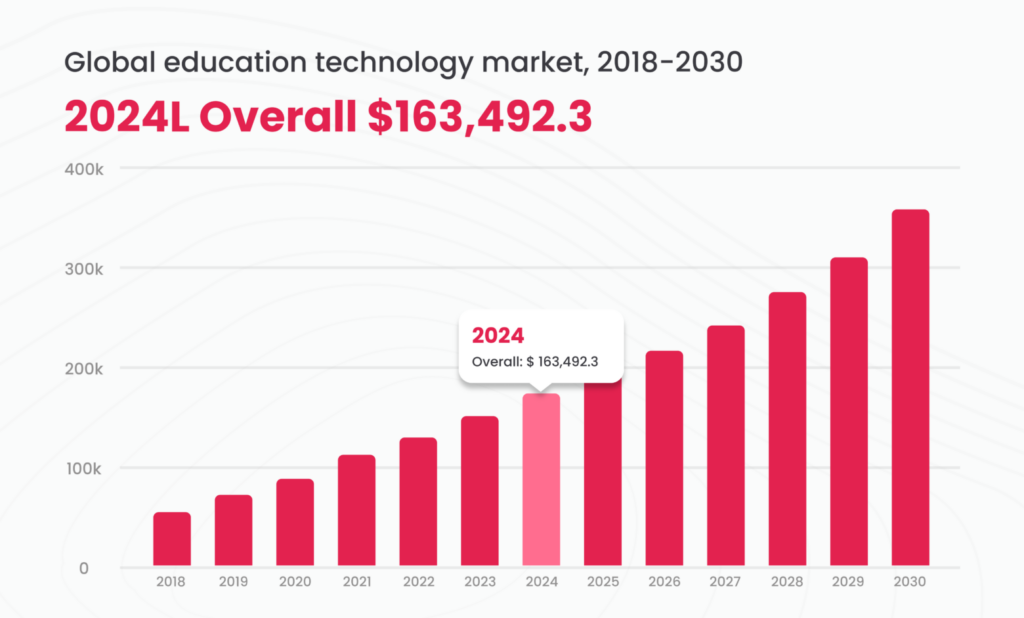
Looking forward, in 2025, worldwide spending on EdTech is expected to increase in a couple of segments. For example, expenditure on augmented and virtual reality is forecasted to increase to 12.6 billion USD.
EdTech in schools: real-life applications
At this point, we clearly understand how EdTech would look in schools. However, that understanding still lacks real-world examples.
Altamira has an extensive history of educational technology app development, so let’s take a look at our portfolio.
Transforming the classroom with AI-powered EdTech: a case study
With the rising usage and availability of the Internet and digital devices, some problems with traditional education started to become more prominent. At the same time, online education offers improved student learning and the ability to study at their own pace.
The goal
Our Client noticed the clear need to modernise the educational experience. They came to us with two goals in mind:
- To create a digital platform that can integrate into the US school environment;
- To develop an AI assistant that improves e-learning and student engagement.
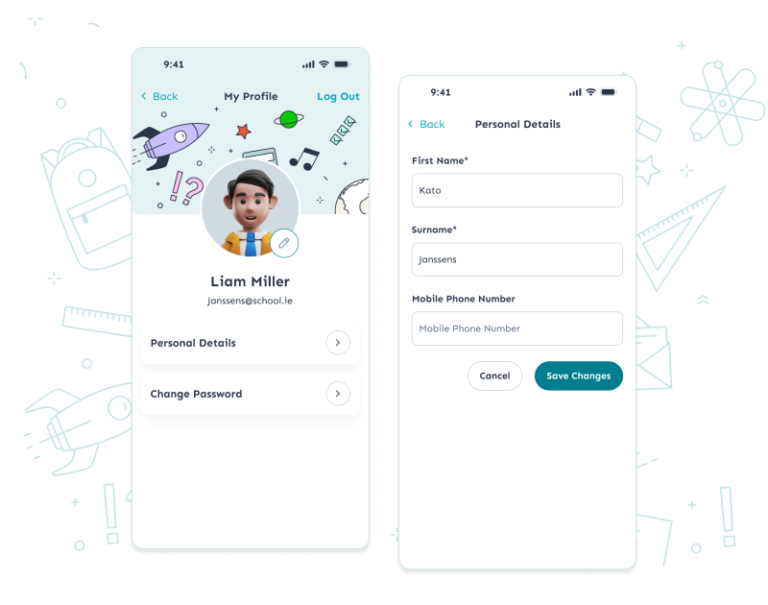
The solution
The development timeframe was short, so to reach our milestones, we used an advanced development approach using AI tools to optimise and tighten up the software development lifecycle by 60-70%.
The development process was divided into several stages, involving close collaboration and communication with the client’s team. Due to the project’s complexity, four modules were developed: admin dashboard, school, student, and parent interfaces.
Digital classroom
The platform offers a customisable virtual classroom environment, offering a unique digital learning experience. This is done through tools such as quizzes, tests, interactive lessons, and dynamic homework assignments.
Additionally, the platform accommodates different age groups. Depending on the student’s age, the teacher can customise content and learning experience by setting goals, monitoring progress and giving feedback.
AI assistant
Artificial intelligence analyses each student’s data and creates tailored recommendations for learning resources. Additionally, it helps students learn by highlighting which exercises need more practice and giving educational instructions.
AI accommodates each student’s unique preferences and performances and provides support to address their needs. It also provides suggestions and feedback based on student’s performance and interactions.
Responsive design
The platform is designed to be accessible through web and mobile platforms. This ensures the accessibility of educational content from almost any device, anywhere.
Offline and online mode
Students can complete assignments regardless of the internet availability. Flexible access ensures all learning materials are always available to students.
The result
At the end of the discovery phase, we provided the Client with:
- Software requirement specifications that cover all user workflows and use cases necessary for developing the Minimum Viable Product;
- Technology stack with a thorough breakdown of the chosen technologies and tools to use during development;
- Product functionalities with a complete outline of the core features and capabilities of the product;
- Detailed architecture definition that illustrates the structure and components of the system;
- Wireframes, such as visual representations of all screens and user flows, for guiding the design and development phases;
- User journeys within the product, mapping out key touchpoints and pathways.
To summarise, the discovery phase established a clear roadmap for development and brought benefits for the following.
Admins
The platform’s impact wasn’t unnoticed by the administrative staff: it provides process automation, enhanced learning efficiency and lowers operational costs. Overseeing all tasks frees up admins to focus on the quality of learning.
Teachers
The advanced system helps teachers connect with students in real time, facilitating continuous learning. This creates an enriched learning experience where teachers can share studying materials and create various media assignments.
Students
24/7 access to the AI assistant and unlimited learning resources create a personalised learning experience. Classroom recordings, digital content and practice tests allow students to learn at their own pace.
Parents
Active participation in their child’s education through real-time updates on academic progress, attendance and behaviour. A clear understanding of a kid’s progress ensures that parents are informed and involved, which helps them support the students in their learning journey effectively.
This project was completed under strict time constraints, yet we delivered more than our client had expected. You can learn about this project in detail in our extensive case study.
Creating a stress-free environment at school with EdTech: how Altamira does it
Mental health isn’t something that comes to mind for most people talking about the education process. In a traditional environment, a student’s neuropsychological evaluation requires meeting a student in person.
Additionally, the appointment process is tedious, and the wait for the results is extremely long. All of these factors can badly influence the child’s mental state due to high stress and delayed treatment.
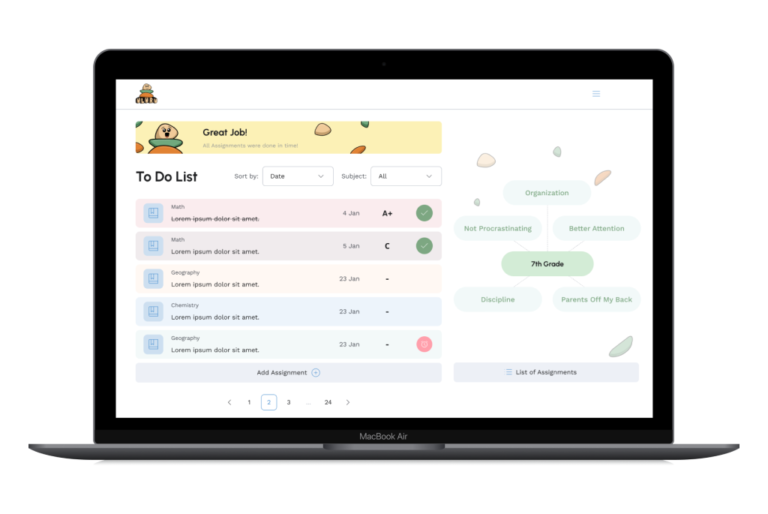
The goal
Our Client sought out a more efficient method of student neuropsychological treatment and evaluation. The main requirements were:
- Develop a Proof of Concept to demonstrate a product’s viability;
- Implement a subscription model;
- Strengthen user awareness of the tool;
- Increase accessibility by making tutoring more available compared to traditional methods.
Backed by our expertise in the industry, Altamira was a first choice of our Client. The main challenges we faced were:
- Accuracy and motivation. To make responses both empathetic and informative, we fine-tuned AI and conducted iterative prompt engineering. This way, test results become more accurate without giving a medical diagnosis to users.
- Regulatory compliance. Every application that works with user’s sensitive data requires robust security measures to ensure regulatory compliance. To make the app secure for students, we collaborated with legal and compliance experts.
The solution
While developing the solution for our Client, we reimagined the traditional approach to neuropsychological assessment. Instead of being tedious and time-consuming, the app simplifies the assessment, making it less stressful for students and parents.
The app development had several phases to ensure our platform was high-performing, user-friendly and complied with laws and regulations:
- Discovery stage
- Web development of the MVP
- Mobile development of the MVP
- AI integration
- Maintenance and updates
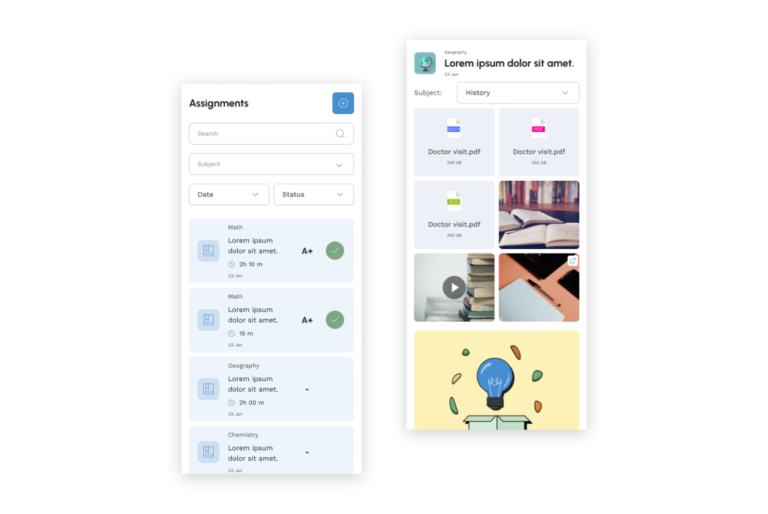
The product’s main features were:
- Neuropsych testing. Based on AI’s advanced analysis, the platform assesses the user and quickly identifies cognitive dysfunctions. Additionally, it continuously monitors the changes in cognitive abilities.
- Coaching. Based on the test outcomes, the platform generates personalised recommendations to improve executive functions.
- Learning strategies. The platform offers a variety of learning techniques to assist students in studying.
- Parent dashboard. Dashboard gives parents insights into their child’s progress and provides coaching suggestions.
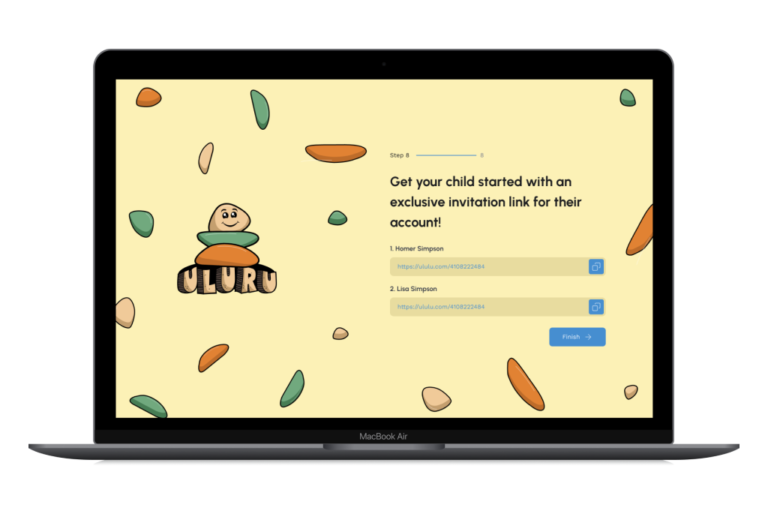
The result
Altamira has created a custom-built solution for children requiring a special approach. The tool helps students understand their cognitive profiles and helps parents track their children’s academic success.
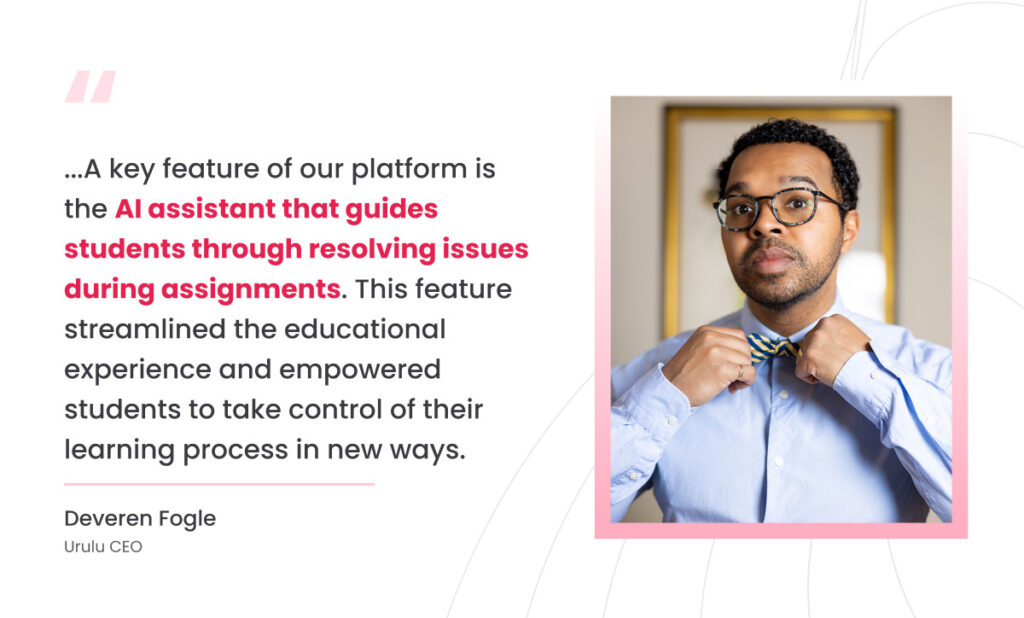
Read the full case study to learn more about this project.
Final words
EdTech has brought a lot of innovation into education. High personalisation, access to digital resources, and AI tools have made online education an accessible experience for everyone. The ability to study at one’s own pace, accommodation for different learning styles, and high accessibility keep student engagement high while not exceeding their learning capabilities.
Educational technology builds up on the foundation traditional education provides, resulting in better student engagement and involvement, as well as automation of tedious tasks. Combining EdTech with physical classrooms creates a perfect collaboration of technology and education that benefits everyone involved.
How Altamira can help
Bringing EdTech to classrooms isn’t an easy task. But you don’t have to do it on your own!
Using our extensive expertise in creating EdTech solutions, building your own project will be a walk in the park! Backed by expert developers, we offer:
Arsenal of ready-to-use components
An extensive database of already-built components empowers us to assemble and customise solutions according to your business needs. This reduces the development time and lowers prices without losing quality.
Prototype repository
Thanks to our wide range of prototypes, you can quickly create a working model of your app. Visualise your end product and make informed decisions about the development process.
Expertise in non-functional and security requirements
Ensure your project meets performance, scalability, and maintainability requirements. Thanks to our team of development experts, all non-functional requirements will be met, ensuring smooth and efficient software operation under any conditions.
Get in touch to get a free expert consultation on your EdTech project.


